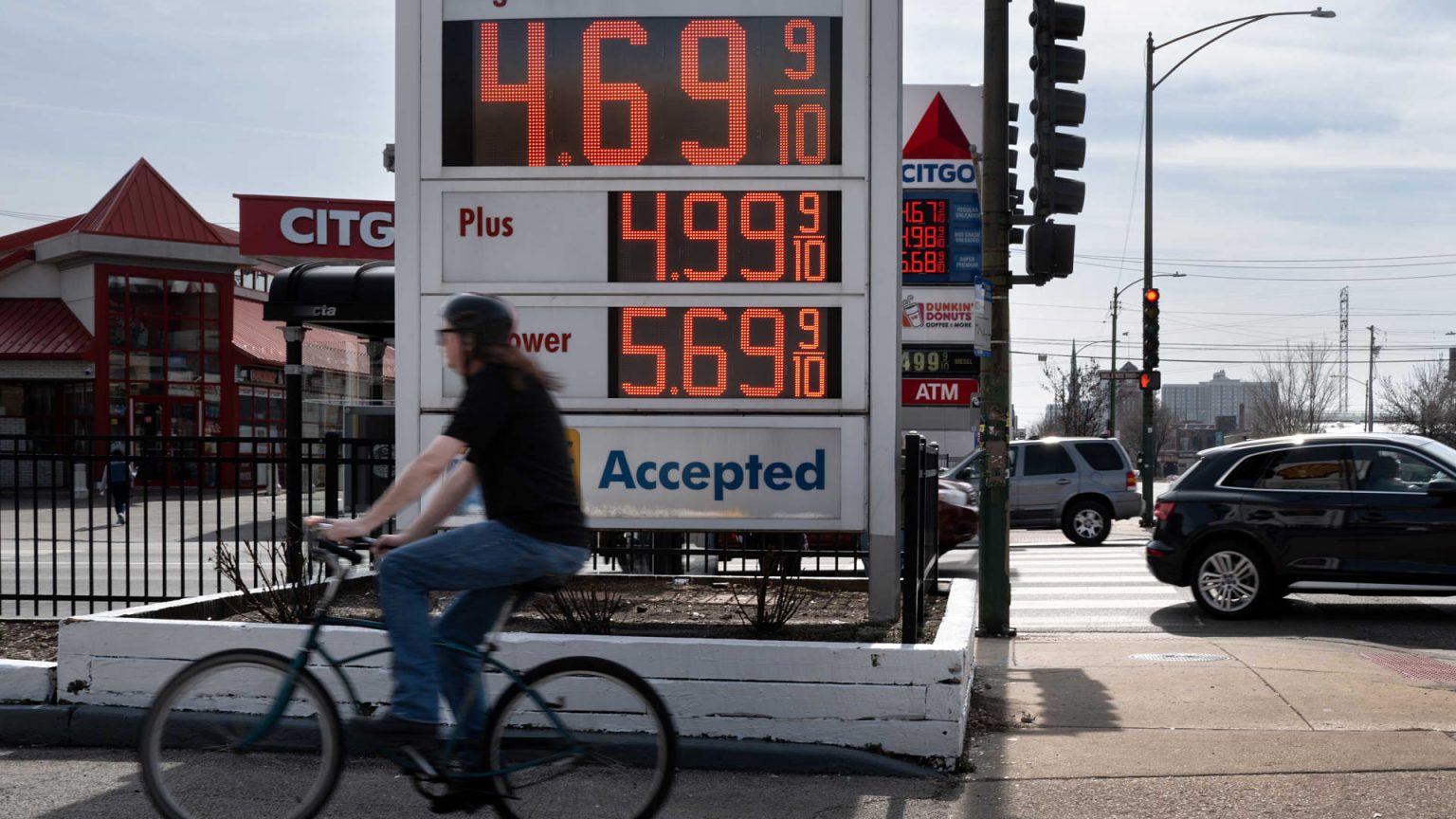A closely anticipated Labor Department report is expected to reveal that inflation remains stubbornly high, with no significant progress being made to bring it down. This news is disappointing for consumers, market participants, and Federal Reserve officials who are eager to start gradually reducing interest rates later this year. The consumer price index is projected to show a 0.3% increase for both the all-items measure and the core measure that excludes food and energy. This would result in inflation rates of 3.4% and 3.7% on a 12-month basis, still far from the Fed’s target of 2%.
Economists and Fed officials are concerned that the report will confirm their fears that inflation is not decreasing quickly enough to justify rate cuts. Despite a significant drop from its peak above 9% in June 2022, inflation has remained relatively static in recent months. The lack of progress in bringing inflation down to the Fed’s target of 2% may delay interest rate cuts, as policymakers need more evidence of consistent downward movement in inflation rates before taking action.
While the Fed closely monitors the consumer price index, its primary focus is on the Commerce Department’s personal consumption expenditures index or PCE deflator, which showed headline inflation running at 2.5% and the core rate at 2.8% in February. Market participants have become increasingly worried about inflation and its impact on interest rate policy, which has contributed to recent stock market volatility. Earlier this year, traders were predicting multiple rate cuts by the Fed, but the latest pricing suggests that any cuts are unlikely to happen before June and may be limited to three quarter-percentage increments.
The upcoming report will be closely watched for several key indicators, including trends in items such as shelter, airfares, vehicle prices, and gasoline prices. These items have been significant indicators of inflation trends during this economic cycle, and any significant changes could signal longer-term inflation patterns. Economists predict declines in air travel-related costs and vehicle prices, with smaller increases in shelter costs. However, a recent survey showing an uptick in rental cost expectations may complicate the inflation picture for policymakers. Additionally, rising gas prices, up 3.8% in February and significantly higher since the end of the Covid-driven recession in April 2020, could influence the CPI release.
Small businesses are feeling the impact of inflation, with confidence at its lowest level in over 11 years, as owners cite rising prices as a top concern. The cumulative effect of inflation is still being felt by consumers, who continue to struggle with high prices across various goods and services. The upcoming report will provide essential insights into the current state of inflation in the economy and its potential impact on interest rate policy.


